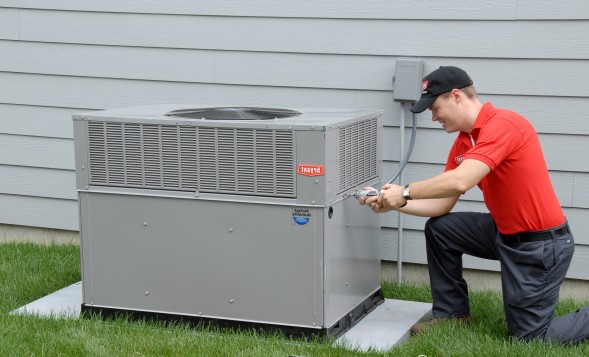An allergy is because of the sensitivity to any foreign body that interferes with the immune system of the body that helps in defending our body from falling ill. Usually, the immune system is strong enough to not let harmful and unwanted bacteria attack your body, but with people who are prone to allergies, their immune system reacts to even the minutest bacteria that is relatively harmless.

Symptoms:
If you are exposed to a certain bacteria, there are some symptoms that your body may show like:
- Throat Infection
- nasal congestion
- coughing
- sneezing
- watery eyes
- fatigue
- running nose
- stomach ache
- headache
- wheezing
How does your body react during an allergic reaction:
The person first is exposed to the allergen either by inhaling or swallowing the allergen. As soon as the person comes in contact with the allergen, a chain reaction starts to begin the body. This chain of reactions is known as the “Allergic Reaction.”The reaction process can be explained as
- The body first produces an antibody known as IgE to wrap the allergen.
- These antibodies than accumulate and combines themselves to make a blood cell known as a mast cell.
- The allergens then bind them to the antibody. The mast cells then releases chemical into the body. Histamine is the most popular chemical that is the root cause of most of the allergic reactions.
Itching is not always a sign of cold; it can sometimes fall into allergy. Redness and scaly rashes in the skin also indicate the early stages of an allergy.
Eczema: When we talk about rashes, the most common skin problem in children is Eczema also known as Atopic Dermatitis. Eczema is not an allergic disorder but in infants it is often a sign of hay fever.
Common allergies:
There are many allergies that occur in an indoor environment. Some of them are:
- Fungal: Fungal allergies are caused due to the growth of molds inside the home that is not easily visible from the naked eye.
- Animals with fur: Animals that have a furry coat over their body spreads allergens that may cause allergies.
- Latex: Rubber gloves, balloons, and other household articles may be a cause of allergy.
- Dust: The most common allergy is the dust allergy. Fine dust particles or mites are the most common reasons of dust allergy.
How to control allergies:
Maximizing the use of air conditioners minimizes the exposure to pollen.
- Spring is the best season for Molds to grow. The most common area where they find their habitat is the areas that have high moisture content.Children who are prone to such allergies should avoid going into such areas.
- Padded furnishings: Furnishings like mattresses and cushions should be covered with covers that are allergen proof. This will protect you from getting exposed to the bacterias that originate into the cushioned areas.
- Replace the mattress and pillows once in every three years.
Finding the exact reason of your allergic reaction is like winning a half battle. The next half is having an idea about how to treat it. Different allergies have different treatments, consult a doctor and ask for his advice.






























No Comments
Leave a comment Cancel